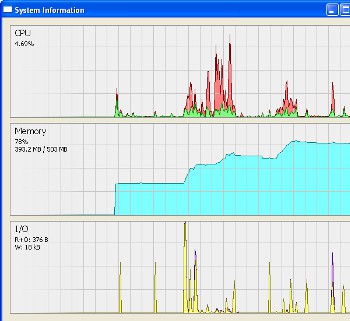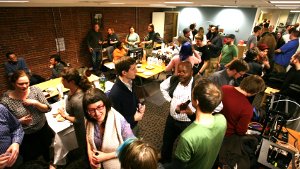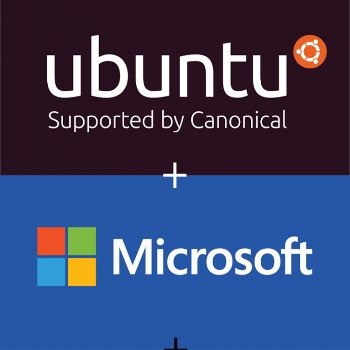I have an ancient box with Windows XP as its only operating system gathering cobwebs in a space under my desk, right where it was the last time I used it. That was back in April of last year, on the day that Microsoft quit supporting XP. Up until then, it’d been used mainly to process credit card orders from an online store I manage. The bank’s required software for processing won’t run on anything but Windows, so I kept it around for that purpose.

I cancelled my deal with the bank, switched the site to taking PayPal only and shut down the box for good.
Until today, that is.
Christine Hall has been a journalist since 1971. In 2001, she began writing a weekly consumer computer column and started covering Linux and FOSS in 2002 after making the switch to GNU/Linux. Follow her on Twitter: @BrideOfLinux








 Actually, of course, it’s not about winners and losers. It’s about what you like. It’s about preferences. After all, unless you’re a diehard command line person, the desktop is how you interact with your computer.
Actually, of course, it’s not about winners and losers. It’s about what you like. It’s about preferences. After all, unless you’re a diehard command line person, the desktop is how you interact with your computer.

